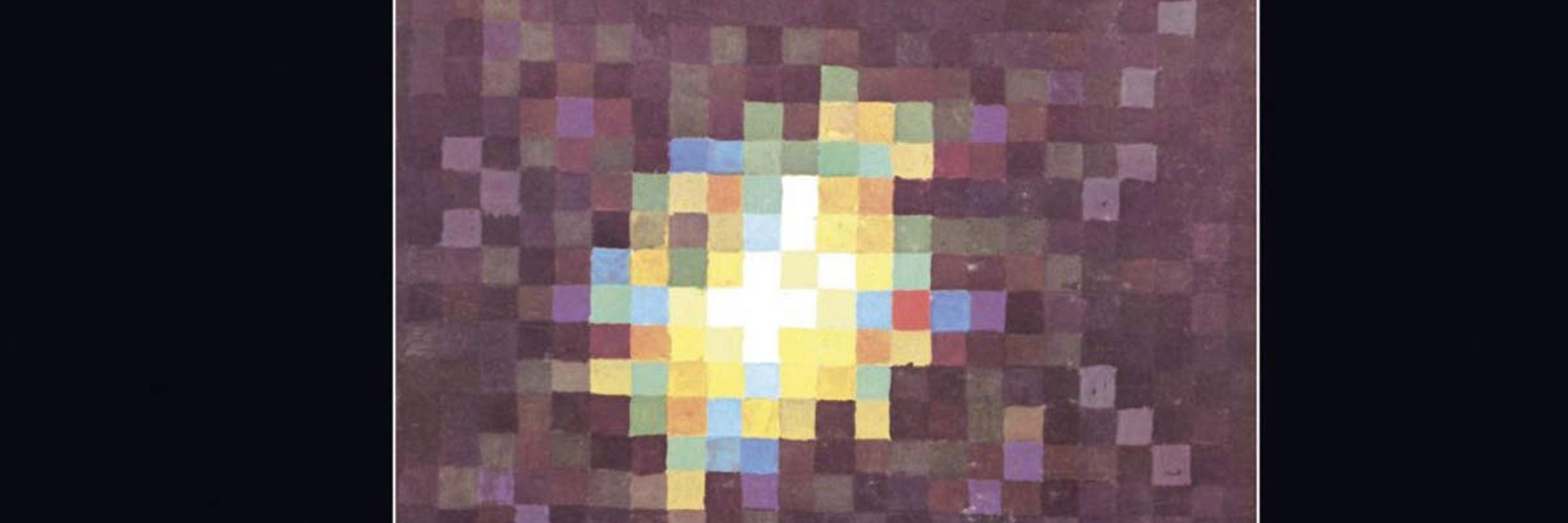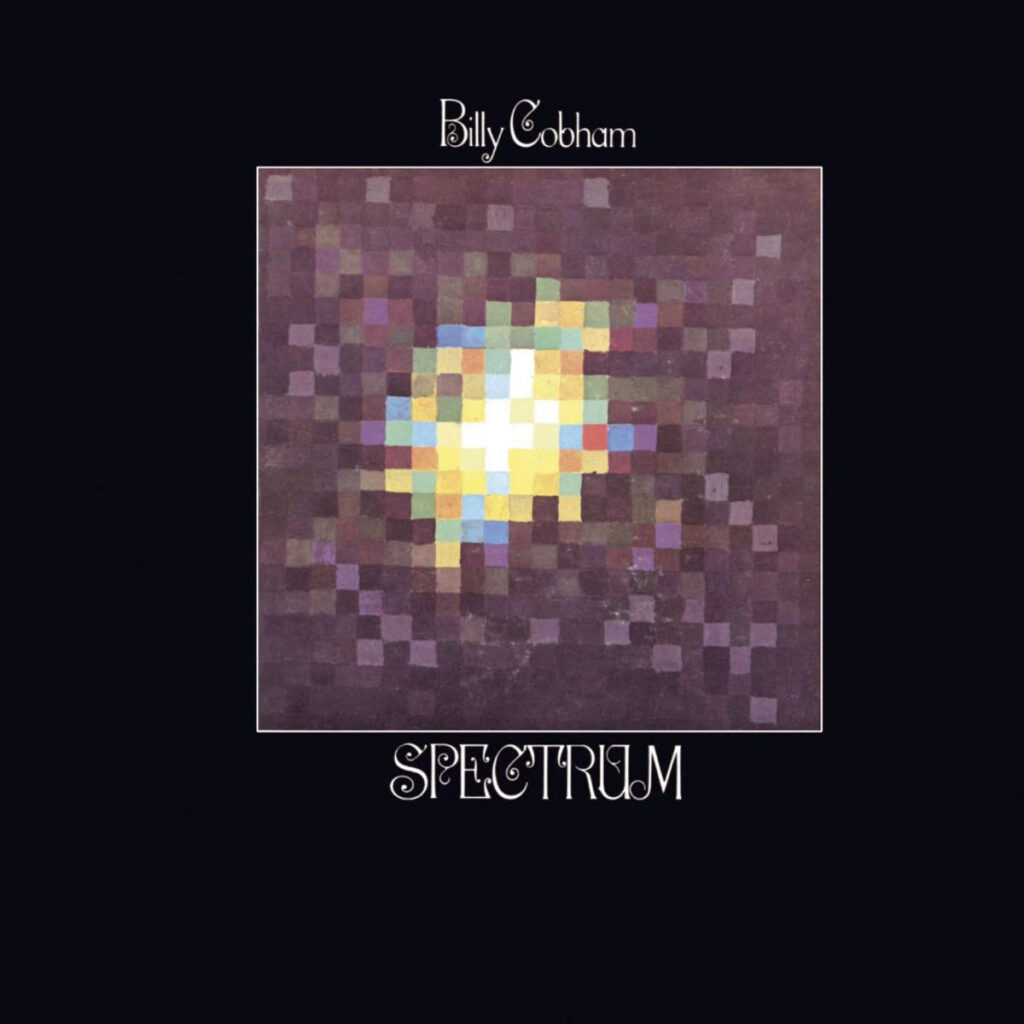Billy Cobham’s virtuosic talent on the drums was no secret.
George Benson, Miles Davis, Horace Silver, Stanley Turrentine and many others had brought him into their bands. But his big breakthrough came in 1971 with John McLaughlin’s Mahavishnu Orchestra. There he was drumming the most complex meters seemingly effortlessly, giving the music additional rhythmic dimensions. Billy Cobham was regarded as the pinnacle of fusion drumming. However, when the band reached the status of popular prog rock bands, frustration spread among McLaughlin’s musicians because the band leader only wanted to play his own pieces. Cobham therefore decided to make a fusion record himself in 1973. He probably had no idea that the Mahavishnu Orchestra had already come to an end. McLaughlin would quit the band in the same year.
Cobham received a budget of 35,000 dollars from the label for his solo project. Nobody interfered, he got to choose his fellow musicians “by instinct”. The most important was Jan Hammer on electric piano and synthesizer, his colleague from McLaughlin’s band. The energy – if not the complexity – of the Mahavishnu Orchestra can therefore be felt again and again on Spectrum, especially in “Taurian Matador” and “Stratus”.
As a second soloist alongside Hammer, Cobham chose the 21-year-old guitarist Tommy Bolin, who would later feature on a record with the hard rock band Deep Purple. (Bolin died of an overdose at the age of 25.) The bass was played by Lee Sklar, who never made a solo album but can be heard on hundreds of rock and pop records. These four recorded the entire album in two days in May 1973 – live in the studio, without playbacks or corrections. For two tracks, Cobham brought in two horn players and a conga player on the third day. Bolin and Sklar had to be replaced by John Tropea and Ron Carter. Nevertheless, Cobham ended up with 13,000 dollars left over from the budget.
He had written six pieces for the album: three fiery up-tempo jams, followed by three tracks in moderate tempos, but soulful and funky. Almost every one of the six pieces had a solo or duo introduction, some with their own titles. Cobham plays two of these intros alone on the drums, but not in a showy manner, but freely, introspectively, delicately nervous – these are his only solos on the album (1:24 and 1:41). He performs the other intros together with Jan Hammer or leaves them to him alone (on acoustic piano or synthesizer).
The six main pieces on the album are now all classics of virtuoso fusion music. Bolin’s improvisation in the hyper-fast “Quadrant 4” (the theme still suggests a blues form) is one of the best guitar solos of 1973, that great fusion jazz and prog rock year. The fast solo changes in “Taurian Matador” between Bolin and Hammer are also a highlight. The ten-minute “Stratus” became best known for its guitar and synthesizer solo and hypnotic bass figure. It was later covered many times (Prince) and sampled (Massive Attack). A shortened version of “Stratus” was released as a single in 1973 and popularized Cobham’s straight, modal fusion jazz. The album rose to number 26 in the US pop charts. Spectrum was the start of Cobham’s band of the same name and set the style for the whole genre – “one of the best records of the jazz fusion era” (Penguin Guide to Jazz).
Billy Cobham – Spectrum on discogs.com


